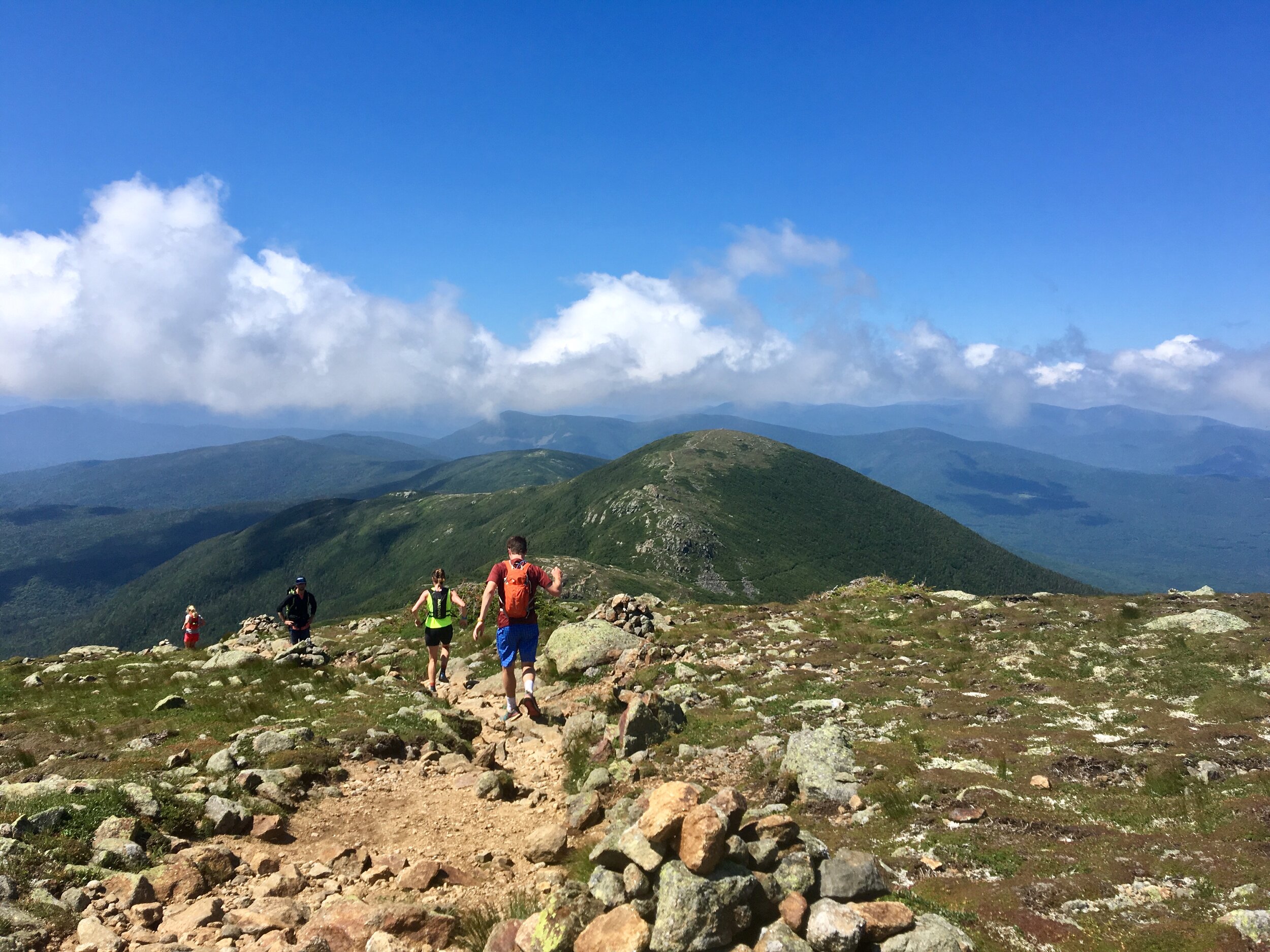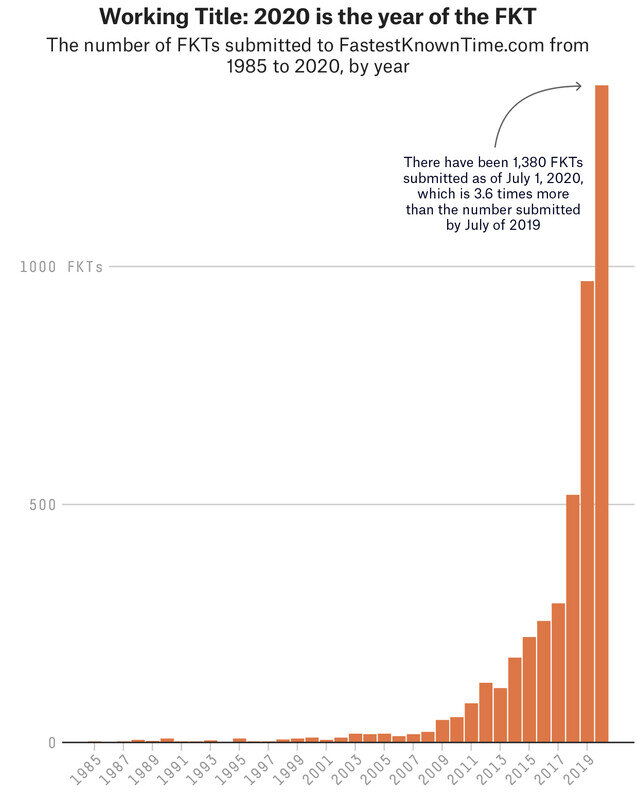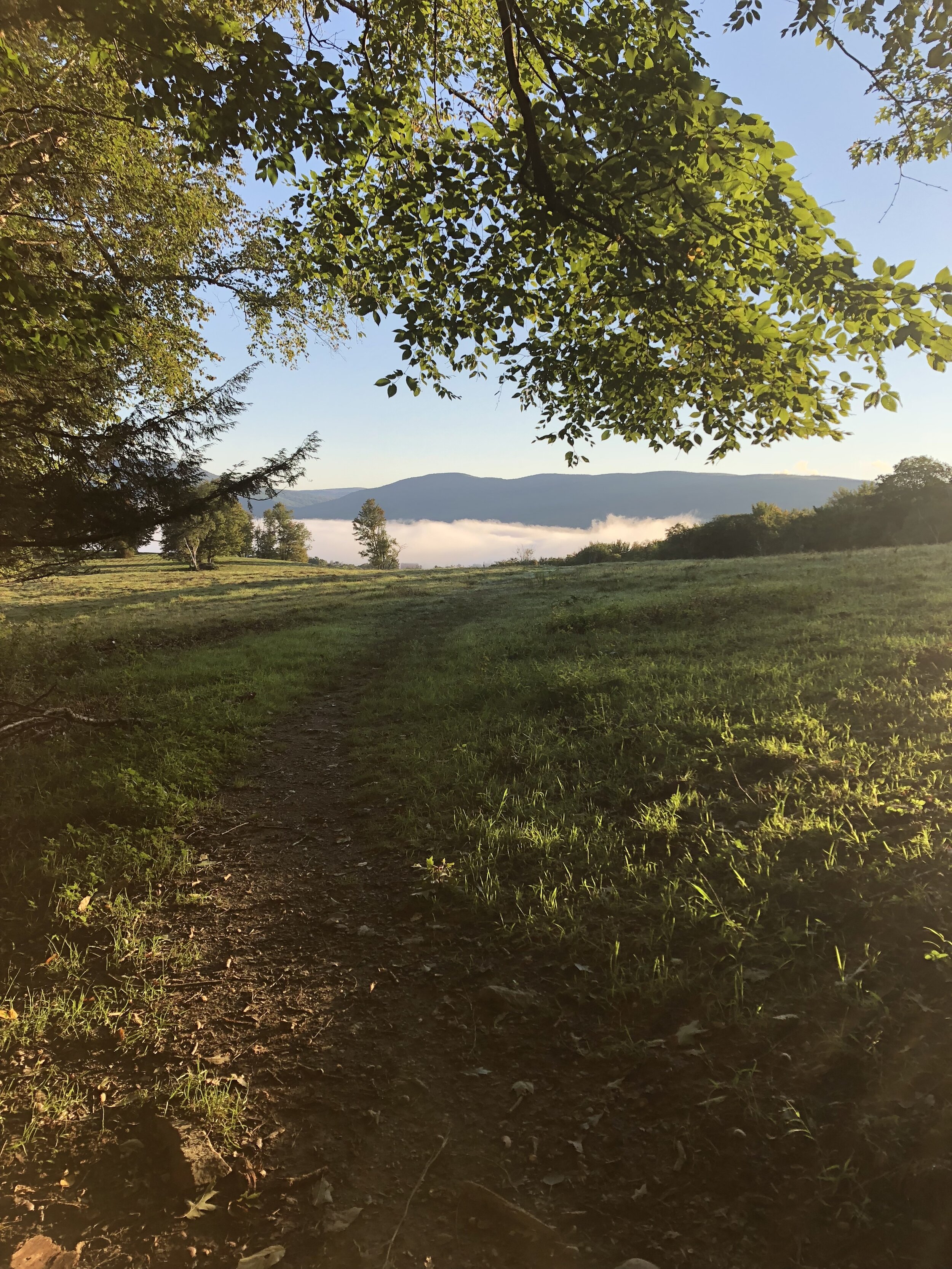What We (Should Also) Talk About When We Talk About Running
More people are running outside nowadays – which is great for the running community, and could be great for the trails they train and compete on.
From GRP Runner Emily Harris
We’re in the midst of a running surge. Perhaps you’ve been noticing this yourself – watching a neighbor who used to run every other day lacing up his shoes for the fifth day in a row, seeing your Strava timeline populated with all manner of interesting athletic feats, and being called on to advise on ideal running shoes and walk-to-run 5K plans for your coworkers.
If you’re unconvinced by anecdote, have no fear: the data indeed bear out this trend. Runrepeat.com ran a survey in the last year completed by over 12,000 people. Their data suggested that the ‘average athlete’ – the person who previously only ran 1-2 times a week – increased their exercise frequency by 156% during the pandemic. The more ‘competitive athletes’ among us have also taken the opportunity to chase fast times on the trails. Fastest Known Times, FKTs, have skyrocketed in the past year.
FKTs 1985-2020. Image courtesy of fastestknowntimes.com
So what gives? Well, you could make the (probably correct) argument that people generally had more time to run or needed some competitive outlet when all of their races were canceled over the past year.
I think, though, part of the reason might be deeper. This winter, I finally got around to reading one of the ‘must-reads’ of endurance running: Christopher McDougall’s Born to Run. I appreciated the book for the reason most runners probably do: there is something special about being on a long run and understanding that ‘I was built for this.’
The part that really caught my eye though was the couple pages McDougall spends discussing the three periods in American history that preceded a dramatic uptick in the number of runners: the Great Depression, the 1970’s, and the 9/11 attacks. In the next edition of his book, he can now add a fourth: 2020.
His explanation for this phenomenon, the periods of suffering and uncertainty followed by an increase in the running population? “Maybe it was a coincidence. Or maybe there’s a trigger in the human psyche, a coded response that activates our first and greatest survival skill when we sense the raptors approaching.”
I could see how this “coded response” nudges us to pound out more miles, harkening back to our early instincts of persistence hunting. But I think McDougall’s hypothesis can be taken a step further: this coded response is one that is best played out on the trails, where you’re surrounded by networks of life that are larger than yourself and so focused on where your next step will land that any remaining chatter in your head is forced to take a backseat.
There’s even some cool research from a few years back that backs up the intuition that trail running is a special type of therapy. In this study, researchers compared how people felt after exercising in a city versus in a natural environment. One of the things they discovered was that after 90 minutes of walking, the people exercising in nature experienced significantly less rumination (getting caught up in a pattern of worried thoughts) than the city-walkers. You can imagine how this response might be amplified when you’re moving over stretches of land a little more quickly while trail running.
This seems like a point of opportunity: there are more people who are exercising consistently, more people who are running on trails, and more people who are realizing (or remembering) our good fortune when we get to go out and explore the natural world on foot.
But with great fortune comes great responsibility (or something like that). With many more thousands of footsteps over the same stretches of trail, it becomes even more important to be conscientious trail runners. Trail Runner Magazine has some nice points on how to do this (if you want to read their entire article), but I figured I would summarize a couple that seem especially important (and pretty doable) for our Craftsbury community:
Stick to the trail. Bush-whacking can disrupt the critters and plants that call that stretch of the woods home.
If you can’t stick to the trail, seek out durable surfaces. For instance, if the trail becomes un-runnable (read: tree across the path), try to hop onto rocks or sand patches until you can get back to the trail.
Poop responsibly. Trail running legend and environmental advocate Clare Gallagher says it best here, but the major take-away is if you’ve got to go, do it 200 feet from any water sources and bury it in a 6-8 inch deep hole. Cover liberally with dirt and leaves.
Wearing a water vest? Pop a gallon Ziploc bag in one of the pockets and fill it with litter as you go. (I plan on trying this during my next trail run and have a feeling it might be an especially fun ‘game’ for the runners among us with Type A tendencies.)
If you’re planning on bringing some drink mixes or gel packs, think about buying in bulk and using a reusable gel flask. (For $12 you can get a reusable gel pack from Gu to pair with a ‘family size’ 15-serving carton of gel. Yummy.)
Work with a local trail crew for the day! You can sign up for a day shift (looks like it’s typically 9 AM – 4 PM) or one that spans a few days.
Talk with your buddies about any of these things (or do some of them together). Based on the numbers, our circle of runners has expanded a lot over the last year as more people have realized or renewed their appreciation for the sport. And that’s a special chance to enjoy and also protect the places we like to run together.
Emily finishing the Megunticook 50k last summer in Camden, Maine.
Meet GRP Runner Emily Harris
Emily recently graduated from Williams College where she raced at multiple NCAA national championships, finishing 14th in the 5K (PR: 17:26) during the indoor track season and 15th in the steeplechase (PR: 10:58) during the outdoor season her senior year (2019). Currently working and training in Boston, Massachusetts, Emily is looking to transition to longer races, with the goals of running a fast debut Marathon and competing in the 50k US Trail Championships this August.
For work, Emily is a research assistant for two studies on aging. She’s spent the last year talking with centenarians and their families about their health and well-being, and has particularly enjoyed when participants cite time spent exercising outside as a factor contributing to their longevity. She also volunteers as the head coach for a local Girls on the Run team.
On joining GRP Run: “I’m especially excited to be a part of a team of runners from around the country who are invested in supporting each others' pursuit of cool athletic feats even if they're not training in the same geographical place. I am happy to have found a group of people who are committed to being good athletes as well as actively contributing to the broader running community.”




